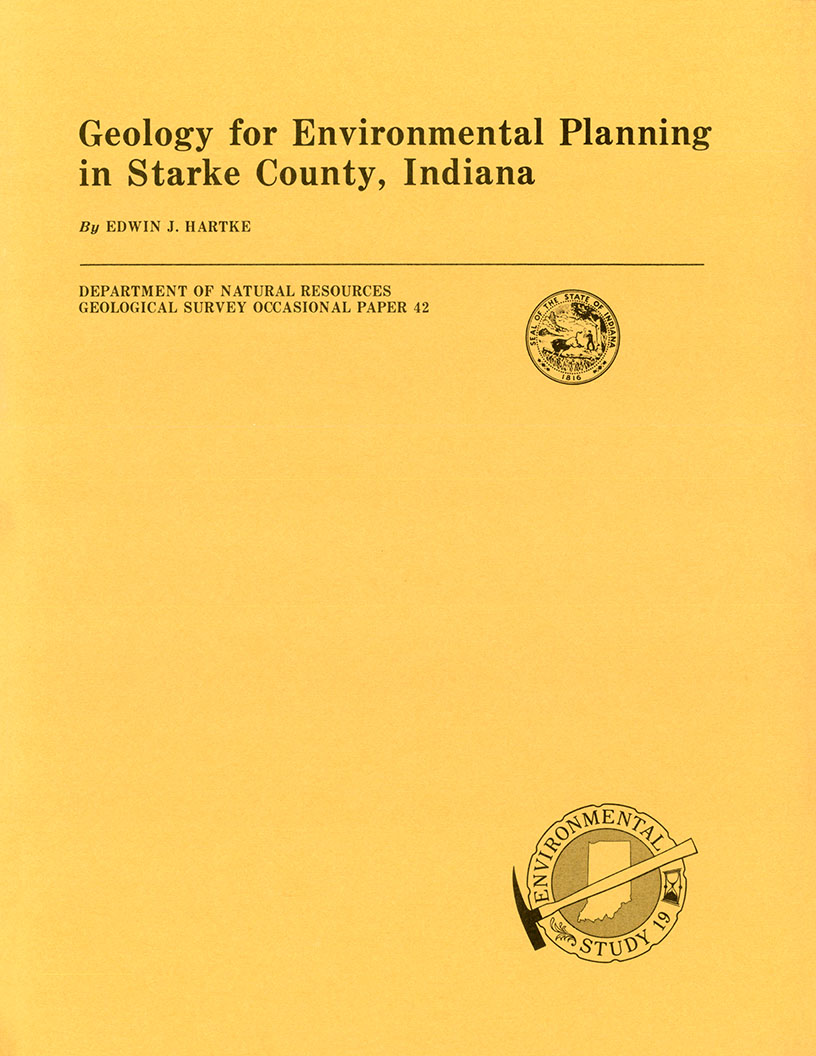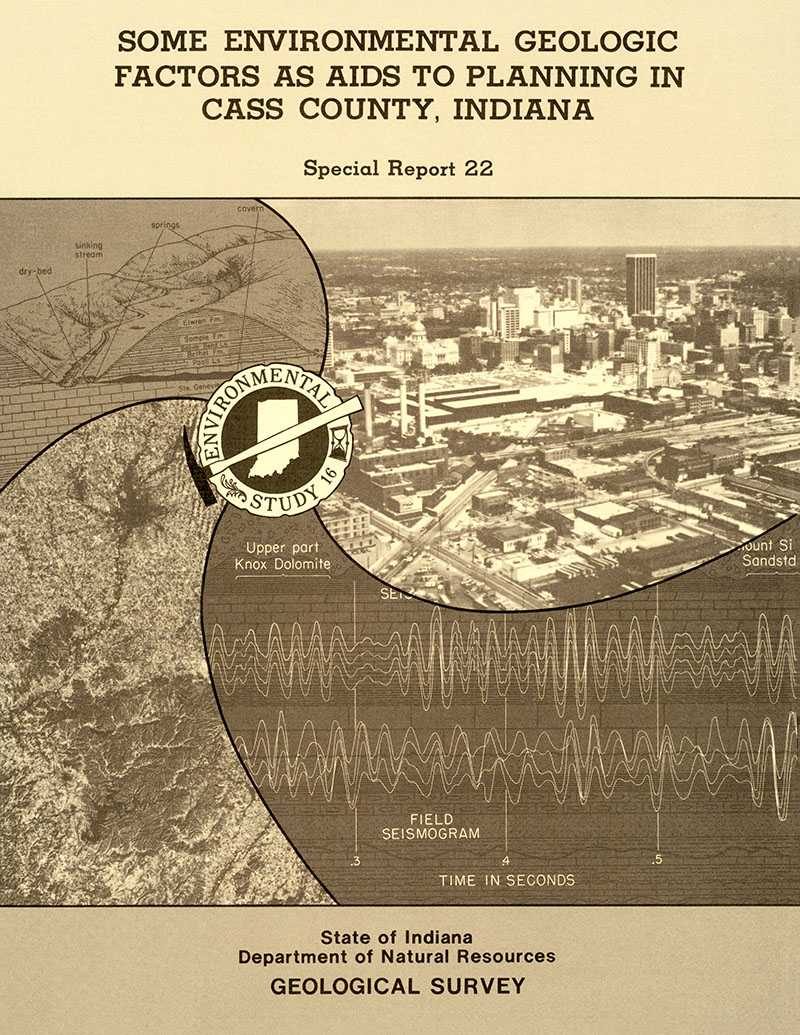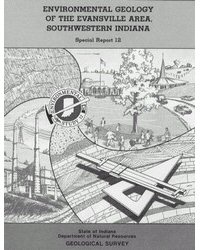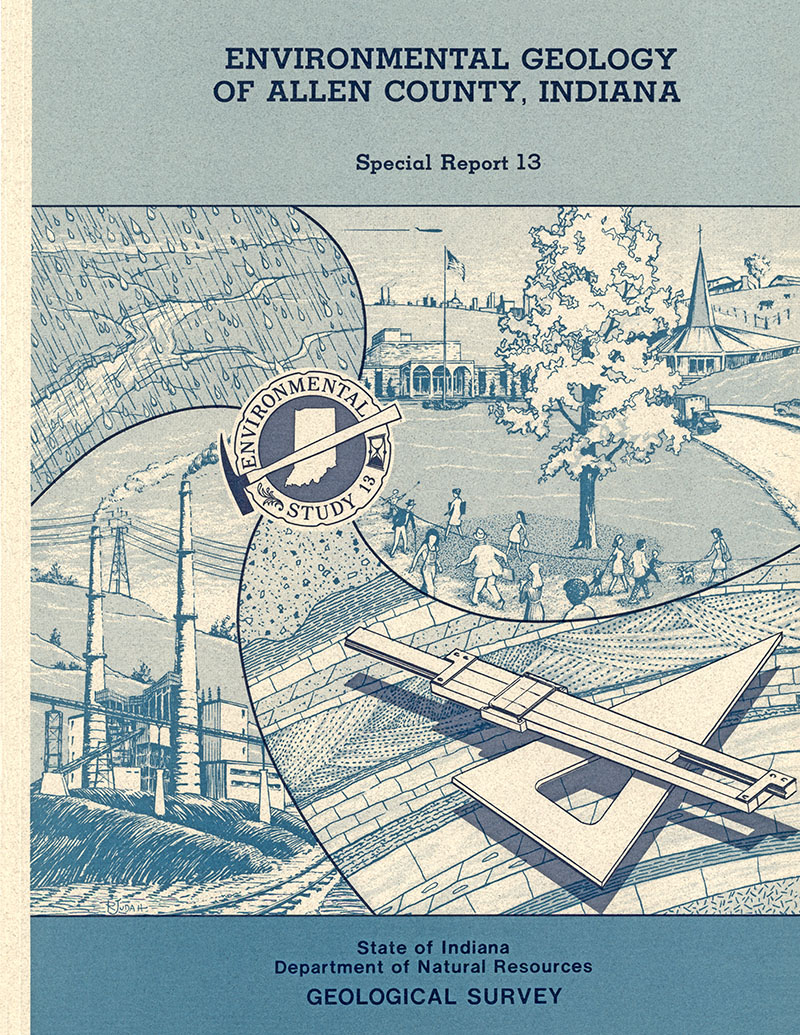Starke County is in the heart of farm country in northwestern Indiana. It is a part of Indiana's planning region IV that is administered by the Kankakee-Iroquois Regional Plan Commission. About 12 percent of the land in the county has undergone urban and residential development; the remaining 88 percent is agricultural land or woodland. The first permanent settlement was established about 1840 near Ober. The settlers found and essentially flat landscape interrupted by occasional sand hills and small lakes. The level nonswampy area were flat weed prairies or dense groves of oak. A large part of the southern half of the county was swampy. In fact, much of the county was wetland. English Lake, a large but shallow lake, was in effect a widening of the Kankakee River near the confluence of the Kankakee and Yellow Rivers. It was drained when extensive channel improvements were made in the Kankakee River. The mouth of the Yellow River was described as being lost in a wild jungle of tall water grasses, weeds, wooded tussocks, and other water plants and resembled Lake Okeechobee in Florida (Thompson, 1886).
Hartke, E. J., 1984, Geology for environmental planning in Starke County, Indiana: Indiana Geological Survey Occasional Paper 42, 13 p., 8 figs.
You may also like:
Keywords: planning, environmental geology
Can't find what you're looking for? Feel free to contact us directly:
Indiana Geological and Water Survey
1001 E. 10th St.
Bloomington, IN 47405
812-855-7636 (phone)
812-855-2862 (fax)
IGWSinfo@indiana.edu
IGS Return Policy
- Original sales receipt required.
- Returns accepted within 30 days of purchase date.
- Refund will be issued by the same method of payment as purchased.
- Products must be returned in the same new condition as purchased.
- Refunds on custom orders and digital products are NOT allowed.
- Customers are responsible for paying shipping costs to return products.
Updated 8/19/2020













